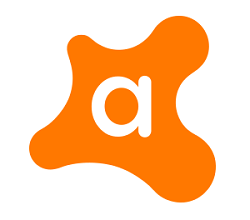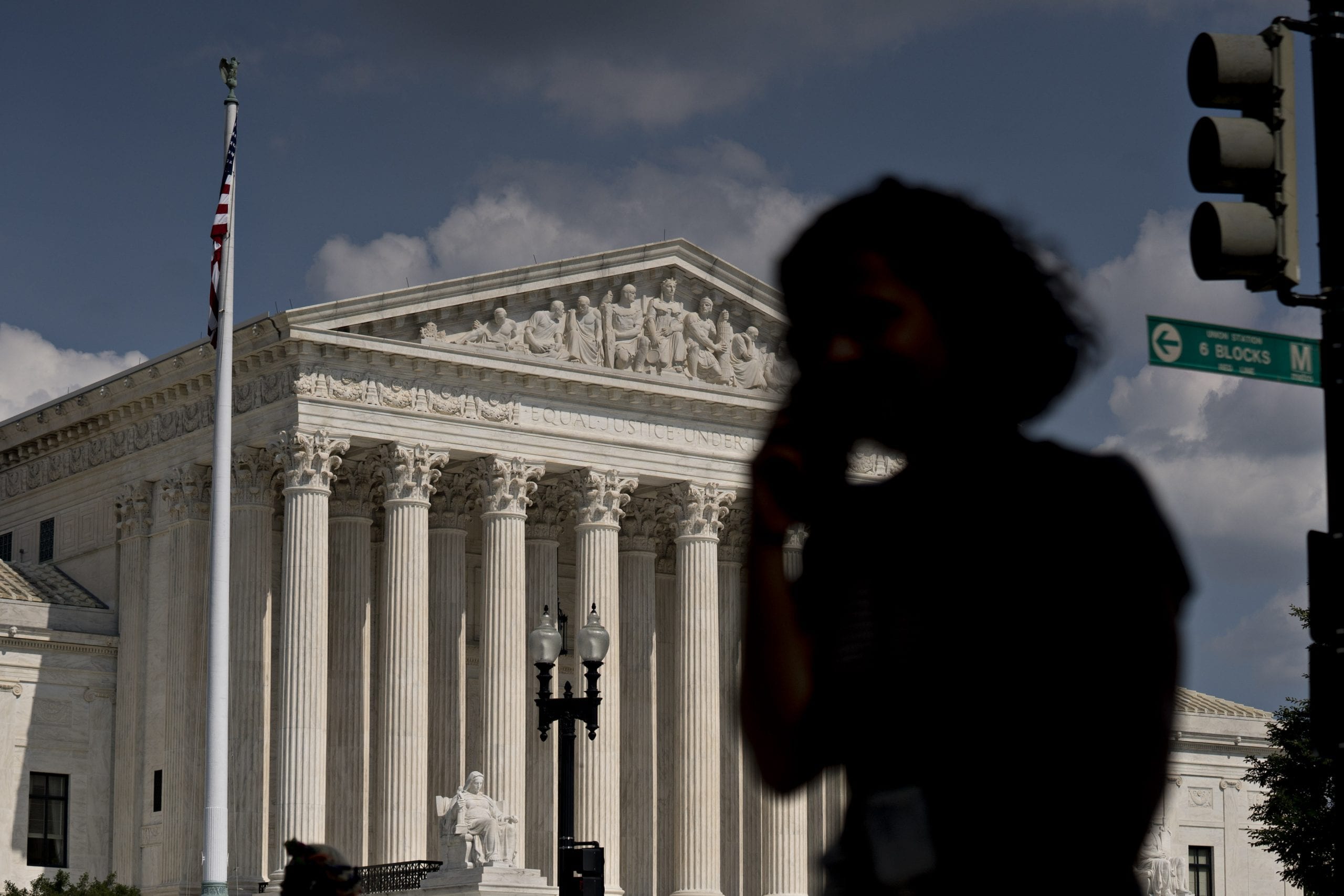Why does my arm ache when I use?
Why does my arm ache when I use?
Arm pain is usually described as pain, discomfort, or stiffness that occurs anywhere from your shoulders down to your fingers in one or both arms. Most often, it’s caused by an injury or overuse. But there are many other health conditions that can cause your arm to hurt.
How do I stop my arm muscles from hurting?
Self-careRest. Take a break from your normal activities.Ice. Place an ice pack or bag of frozen peas on the sore area for 15 to 20 minutes three times a day.Compression. Use a compression bandage to reduce swelling.Elevation. If possible, elevate your arm to help reduce swelling.
What part of your arm hurts in a heart attack?
Left arm pain doesn’t always mean you’re having a heart attack. Here’s what to watch for. Left arm pain and how the pain moves can be one of the key differences between men’s and women’s heart attacks. In men, the left arm pain will move from the shoulder down the left arm or up to the chin.
Why does my upper arm hurt when I lift?
Shoulder tendinitis, bursitis, and impingement are among the most common overuse injuries of the shoulder. The pain is usually felt at the tip of the shoulder and down the upper arm. The pain occurs when the arm is lifted overhead or twisted.
When should I be concerned about arm pain?
You should see your doctor as soon as possible if your left arm: experiences pain with exertion, but is relieved by rest. experiences a sudden injury (especially when accompanied by a snapping sound) experiences severe pain and swelling.
How do you know if you strained your bicep?
The most common symptom of a bicep tear or strain is pain in the upper arm, which can lead to bruising, muscle spasms, or loss of mobility and strength. Typically, nonsurgical treatments like rest, ice, and non-steroidal anti-inflammatory medications can help provide relief from your symptoms.
Can a bicep tear heal on its own?
Will a bicep tendon heal itself? Once a bicep is torn, it unfortunately will not reattach itself to the bone and heal on its own. There are, however, a variety of treatment options available depending on the severity of your injury and whether it was a partial or complete tear.
Can you lift weights with a torn bicep?
You may do these exercises right away. If any exercise increases your pain, stop doing it. Avoid overhead lifting while your tendon is healing.
How do you know if you have pulled a muscle in your arm?
Symptoms of muscle strain include: Swelling, bruising, or redness due to the injury. Pain at rest. Pain when the specific muscle or the joint in relation to that muscle is used.
Should you massage a pulled muscle?
Massage. Therapeutic massage helps loosen tight muscles and increase blood flow to help heal damaged tissues. Applying pressure to the injured muscle tissue also helps remove excess fluid and cellular waste products. A 2012 study found that massage immediately following an injury may even speed strained muscle healing.
How long does it take for a strained forearm to heal?
In general, bones take three months to heal but 90% of that healing takes place in the first six weeks. That’s why usually with a forearm fracture you are in a plaster cast for six weeks. In children their bones heal even faster.
Is it a hernia or pulled muscle?
When someone experiences a pulled abdominal muscle, there can be inflammation and some swelling, but generally no physically-identifiable marker. A hernia usually causes a noticeable bulge on the surface of the abdomen. This bulge can be painless but change in size with exertion.
How do I check myself for a hernia?
How to tell you have a herniaFeel for a lump or swelling around the pubic bone.If you find a lump, make note of where it is and lie down.Did the lump disappear or become smaller? If so, it may be a hernia.Do you feel discomfort when coughing or lifting heavy objects? It’s almost certainly a hernia.
What does a hernia in your stomach feel like?
Typically, patients with ventral hernias describe mild pain, aching or a pressure sensation at the site of the hernia. The discomfort worsens with any activity that puts a strain on the abdomen, such as heavy lifting, running or bearing down during bowel movements. Some patients have a bulge but do not have discomfort.
What can be mistaken for a hernia?
Hernias can go misdiagnosed in women, and can instead be thought to be ovarian cysts, fibroids, endometriosis, or other abdominal issues, according to the SLS. Women’s hernias can be small and internal. They might not be a bulge that can be felt in an exam or be visible outside the body, according to the SLS.
What is a false hernia?
A false hernia has no hernial sac, the abdominal viscera lying free within the thoracic cavity.
Can hernias go away on their own?
Hernias don’t go away on their own. Only surgery can repair a hernia. Many people are able to delay surgery for months or even years. And some people may never need surgery for a small hernia.
Can small hernias repair themselves?
“Hernias cannot heal on their own; if left untreated, they usually get bigger and more painful, and can cause serious health risks in some cases.” If the wall through which the intestine is protruding closes shut, it can cause a strangulated hernia, which cuts off blood flow to the bowel.
Can you heal a hernia with exercise?
Can you exercise with a hernia? Overall, you can work out if you have a hiatal hernia. Exercising can also help you lose weight, if needed, which may improve symptoms. The key though, is focusing on exercises that won’t strain the area in which your hernia is located.
Can you push a hernia back in?
The hernia creates a soft lump under the skin. Most inguinal hernias can be pushed back into the belly with gentle massage and pressure. An inguinal hernia will not heal on its own. If you have symptoms, or the hernia is growing, you may need surgery.



